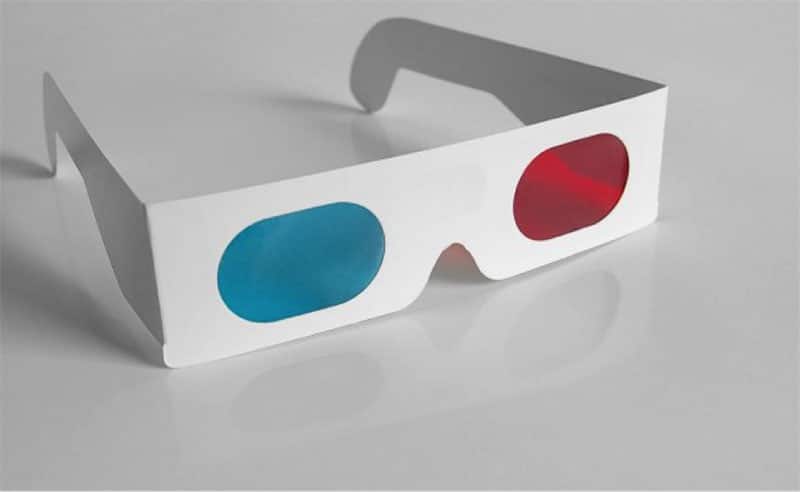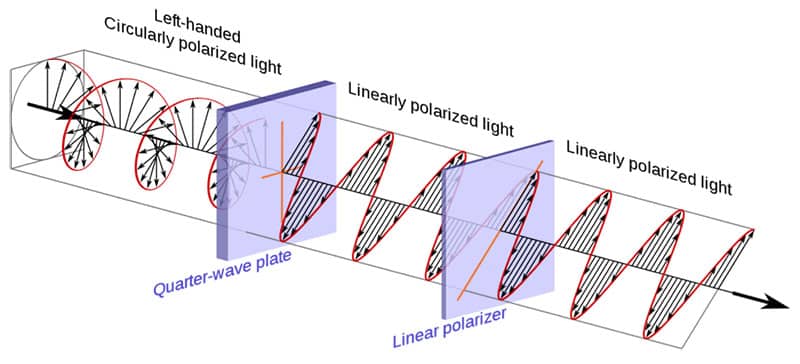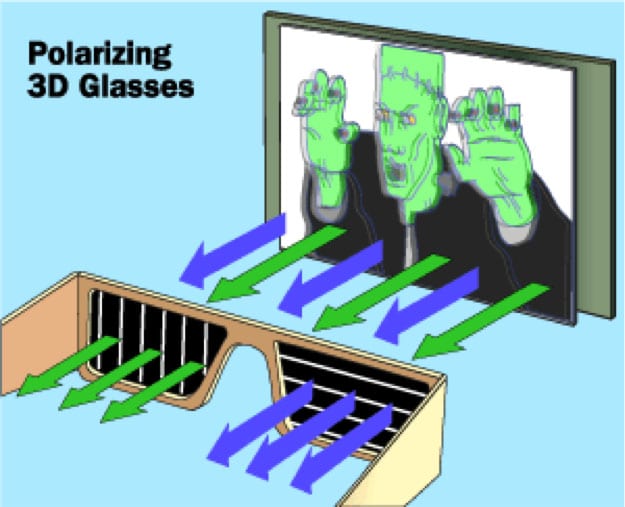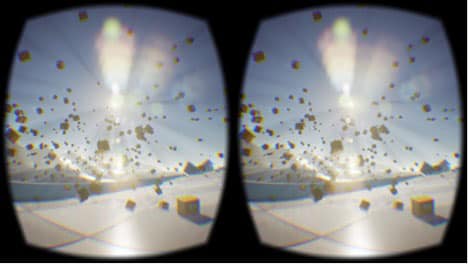All humans and animals – Cyclopes and pirates excluded – have binocular vision, meaning their vision is constructed using two eyes. Because our eyes are at different lateral positions on our heads, they project two slightly different images back to our retinas. The horizontal disparities between these two images are what creates the depth perception that allows us to perceive objects in three dimensions. While this is a naturally occurring process for people who have the regular use of binocular vision, it can be simulated.
Stereoscopy: Deception Of Depth Perception
Discovered in 1838 by Sir Charles Wheatstone, stereoscopy creates the illusion of three-dimensional depth using two-dimensional images. Stereoscopy takes two slightly different two-dimensional images and presents them separately to the left and right eye. These images are typically called stereograms, and with the help of a stereoscope, the brain accepts the images as one solid three-dimensional object. This combination of both images creates the perception of three-dimensional depth.
Stereoscopes use lenses that make each image on the stereogram appear larger and farther away than they are. To enhance the effect, a divider is usually placed in between the two images to prevent each eye from becoming distracted by the image that is intended for the other. The device primarily served as a source of entertainment and saw its popularity peak in the late nineteenth century and into the early twentieth century. It has a resurgence in the 50s and 60s with the View-Master, a device that would hold a number of stereographic image on a rotating disc.
Today, the underlying idea of using two slightly different images hasn’t changed but the technology has gotten a modern twist. There are modern stereoscopes that can hold your smart phone, and with the help of an app, you can display the offsetting images.
3D Goes Hollywood
Movies are a form of escapism that allows people to connect with an experience that they otherwise may not have in real life, so it only makes sense that we would find a way to become more engrossed in cinema. The technology for 3D movies has been around since the early twentieth century, but it’s had its ups and downs in terms of popularity. At first, it started as a niche market due to how costly it was to produce but later grew to be popular in the 1950s. Over half a century later, 3D movies have developed into the mainstay that they are today.
Movie studios made old-school 3D films by placing two camera lenses side by side in a lateral horizontal orientation, just like our eyes. The left eye footage was shot using one colored filter, and the right eye footage was filmed using a different colored filter. Both sets of footage were then superimposed over each other when projected in the theater using two separate projectors.
Before the movie started, theatres provided glasses with red and blue lenses to audience members, so that one color would filter out one image while the other one would filter out the other. Like the stereoscope before it, the lenses on the 3D glasses created the illusion of three-dimensional depth in the movie. Examples of early movies shot in 3d include Alfred Hitchcock’s Dial M for Murder and the Vincent Price vehicle House of Wax.
Today, 3D films are still very much a thing, but people no longer wear the paper-thin blue-and-red lens glasses. Now, the glasses handed out in movie theaters contain lenses with different polarizing filters for each eye.
As light travels, it shakes and vibrates in all directions making the paths they take look like waves. All these light waves shifting every which way are unpolarized – meaning they don’t all oscillate toward the same pole. Light can be polarized along a single pole using filters.
The glasses the audience wears have tiny lines etched on the lenses that filter out polarized light. One lens has horizontal lines etched in that filters out the vertically orientated polarization. The other lens has vertical lines that filters out the horizontally orientated polarization.
Directors still record the film using side-by-side lenses, but instead of using colored filters, the film is displayed using two separate projectors that used polarized filters instead. Each projector has a different polarization – one is vertical and the other is horizontal.
Virtual Reality: The 21st Century Stereoscope
We may not have the hover boards Back to the Future Part II predicted, but virtual reality (VR) technology is as futuristic as it gets. Virtual reality is a fully immersive computer simulated environment that gives users the feeling that they are in that environment instead of the one they’re actually in. VR doesn’t alter your perception of reality, but instead, you become a spectator overlooking the events that are happening in the simulated environment. To increase immersion, VR technology allows you to interact with and explore the computer generated world.
VR is multifaceted and can be used in a number of ways. VR technology has been talked about for a long time now in the gaming community, and as companies like Sony develop PlayStation VR the excitement only continues to grow. But gamers aren’t the only ones taking advantage of the new technology. The medical field has been using virtual reality to train new doctors and to help war veterans cope with PTSD. These productive uses of VR show that as the technology continues to advance, new innovative ways to solve old problems will be sure to follow.
The most popular way to experience VR is using a headset. Virtual reality headsets use a stereoscopic display to give three-dimensional depth to what you are seeing. Like stereoscopic technology before it, the headset shows two slightly different angles of the same scene to each eye to simulate depth. This tricks your brain into thinking that you are in a 3D world. VR headsets also use concepts like parallax, the idea that objects farther away get out of focus and become less detailed and hazier.
As company’s have become more comfortable with the technology, there’s been an increase of parity in the industry. Oculus Rift – who are now owned by Facebook – were one of the first big players, but now companies like Samsung, HTC, and Microsoft are getting their feet wet. Google even offers a low-tech cardboard headset that works with your smartphone.
While the technology has come a long way, VR is still in its early stages. Since it became popular in recent years, its growth has moved at a slow pace. A lot of the new technology in production is behind schedule, and Facebook CEO Mark Zuckerberg believes that it will take five to ten years before virtual reality is fully mainstream. In the meantime, VR will continue to evolve into the future of entertainment and technology.
Stereoscopy Remains Relevant
Over the last two centuries, the stereoscope has sometimes fallen out of fashion, but the concept of stereoscopy remains today through 3D movies and virtual reality technology. As long as we have binocular vision – and that isn’t going anywhere – stereoscopy will continue to be a popular way to trick our brains and provide entertainment.
If you want to keep receiving great content and get our free eBook, sign up below for our newsletter.









